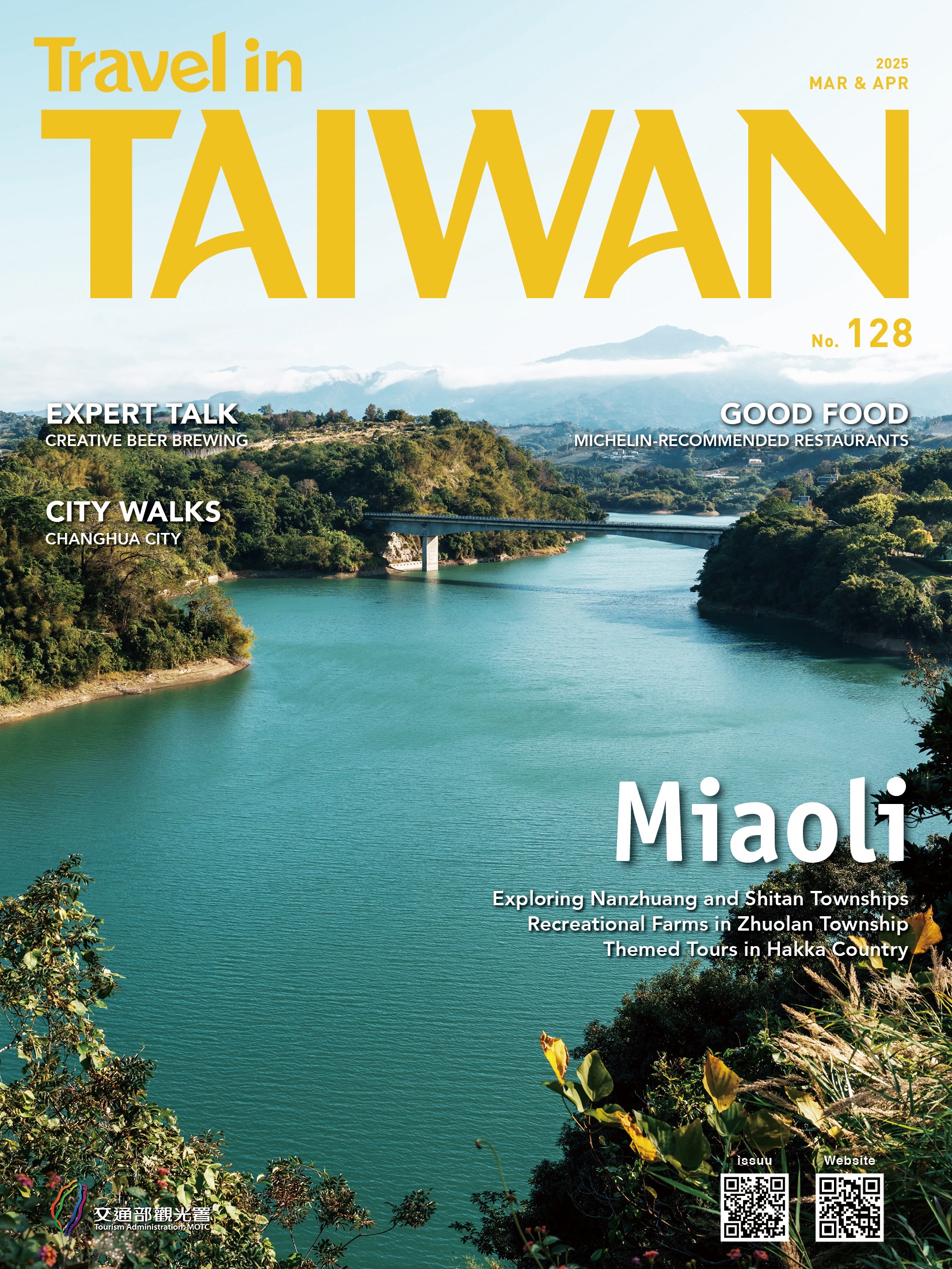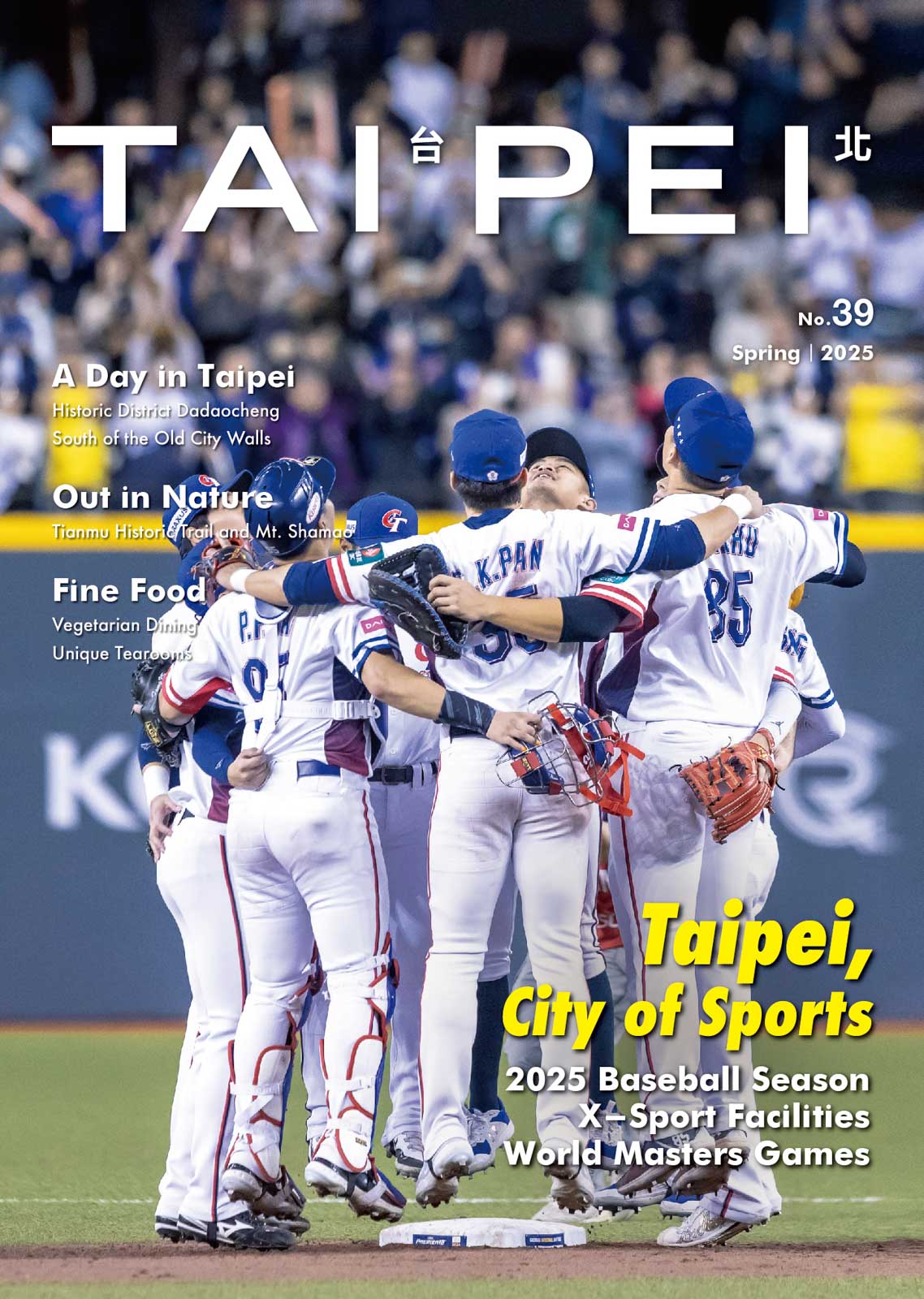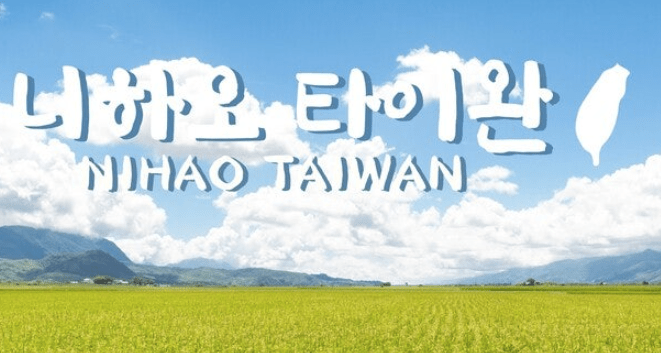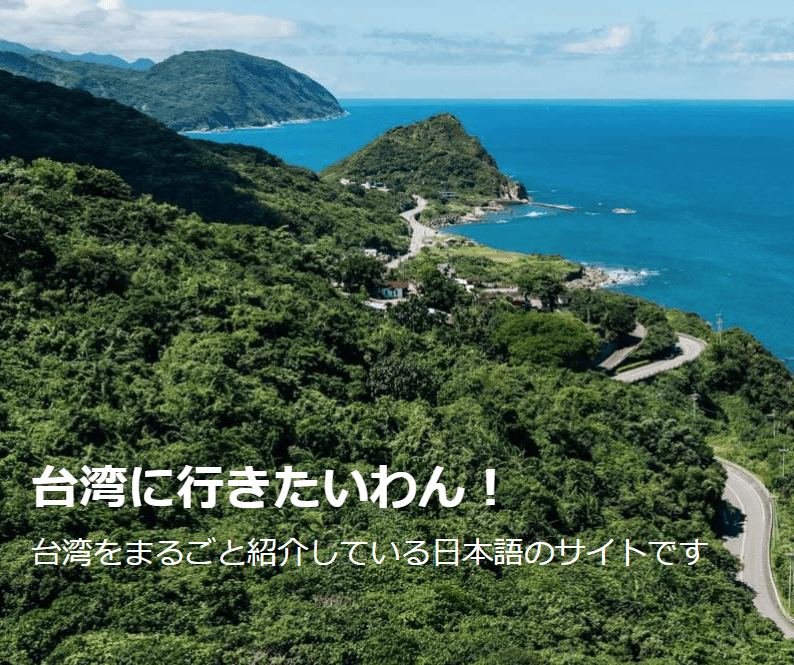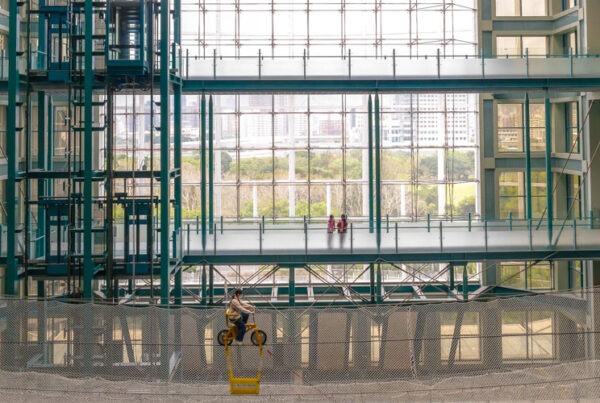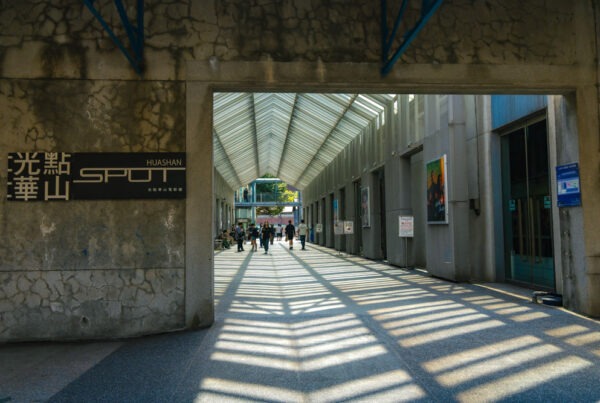A Foray Through Three Tradition-Rich Neighboring Townships
TEXT | RICK CHARETTE
PHOTOS | VISION
From the Taiwan Strait shores to the central mountains, Miaoli is a solid swathe of many hills. Through these hills wend long valleys thin and wide, carved by watercourses finding their way to the sea. Pleasant, well-maintained, long, and winding roads pierce these valleys, and along these roads, are old towns and villages and numerous, lesser-known, tourist attractions. In this article, we explore the contiguous townships of Tongluo, Sanyi, and Yuanli, in the county’s southwest, which have a heavy Hakka population and compelling Hakka character.
Tongluo
Tongluo is a landlocked township that straddles the Houlong River in its northern sector. An important horticulture center, a key township point of pride is its role as Taiwan’s main producer of chrysanthemums – from which such tourism-focused goods as chrysanthemum tea, soaps, and even desserts are crafted.
Taiwan Hakka Museum
The monumental, spaceship-resembling Taiwan Hakka Museum (www.facebook.com/hakkapark), at the edge of a low-wide plateau, peers down upon a long, shallow farm-carpeted valley through which a small Houlong River tributary flows. Abounding with stimulating interactive experiences, it explores the Hakka people’s historical impact in their place of origin – mainland China – and throughout Taiwan and Southeast Asia. The museum’s high-ceilinged café/restaurant serves Hakka culinary classics and an appetizing Miaoli-countryside panorama.
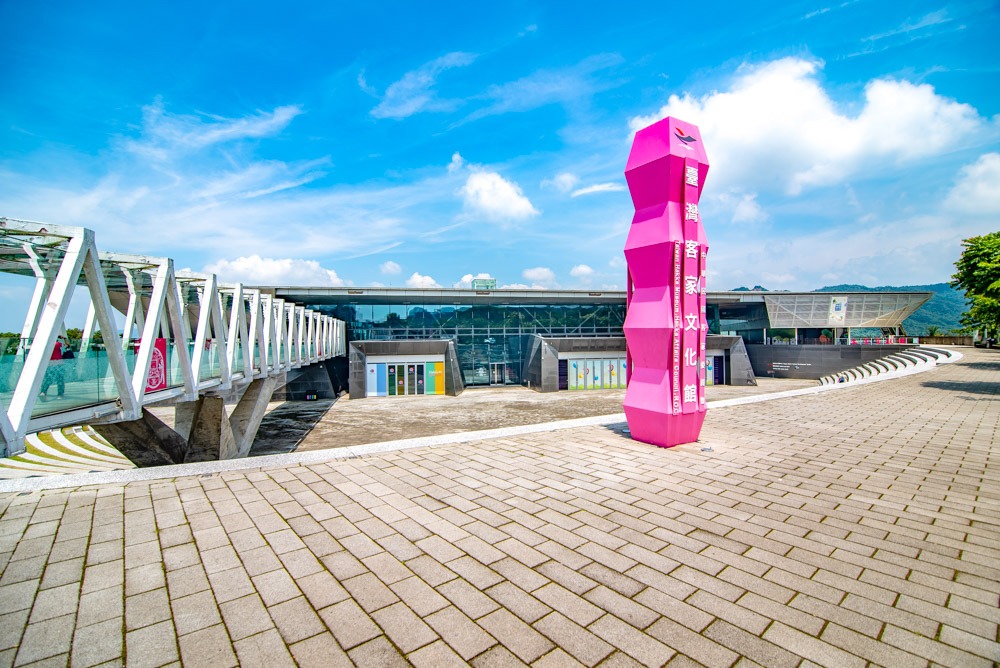
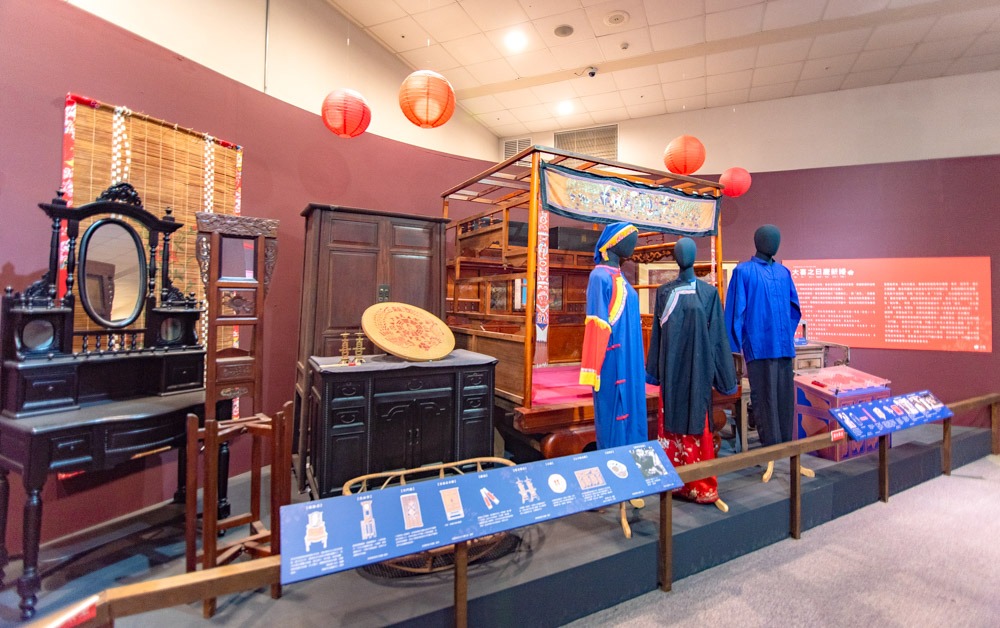
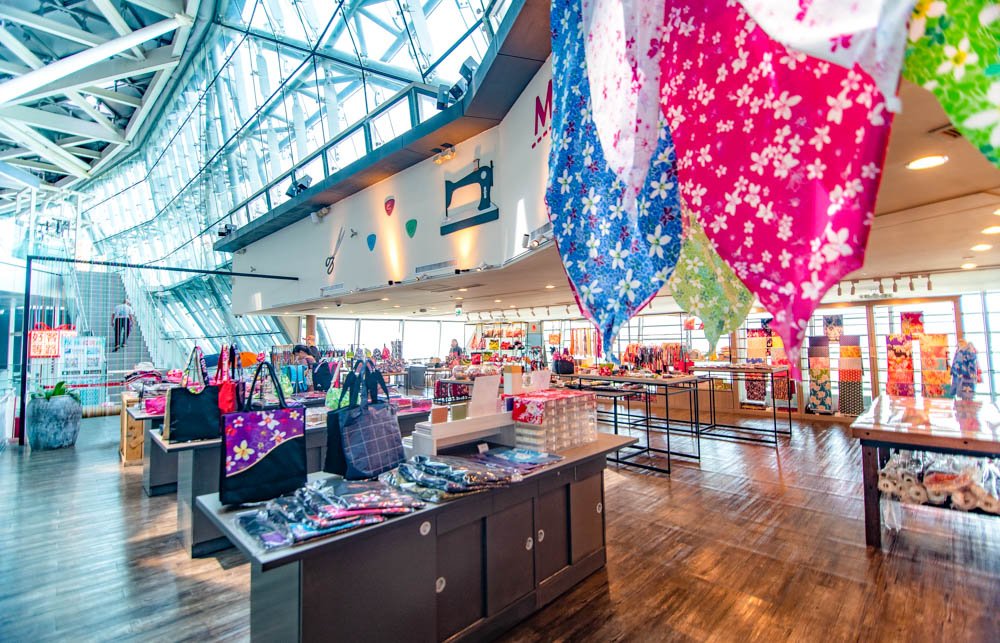
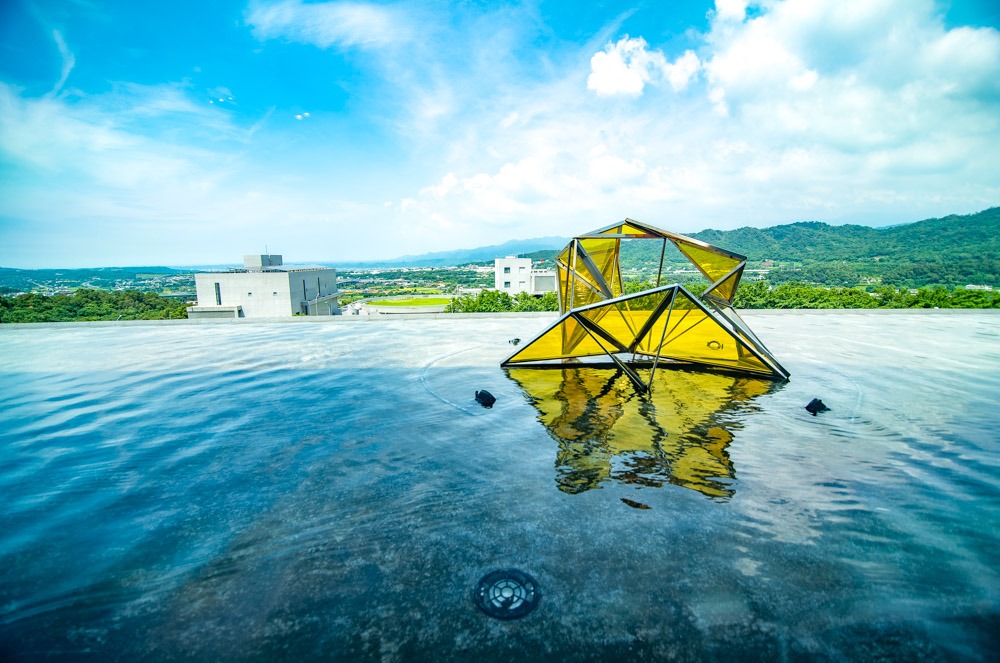
Tongluo Skywalk
The Tongluo Skywalk is part of the 8km Tongluo Bikeway, which runs along the steep-sided western edge of the broad plateau on which the museum sits. Along this wide walking/cycling trail are several photogenic rest stops, notably the elevated, treetop-level skywalk, and a cable-suspension sky bridge. The views west over the coastal flatlands and out into the Taiwan Strait are heart-tingling. There’s a strong tung tree bloom here each spring; the tung blossom is an iconic Hakka culture totem.
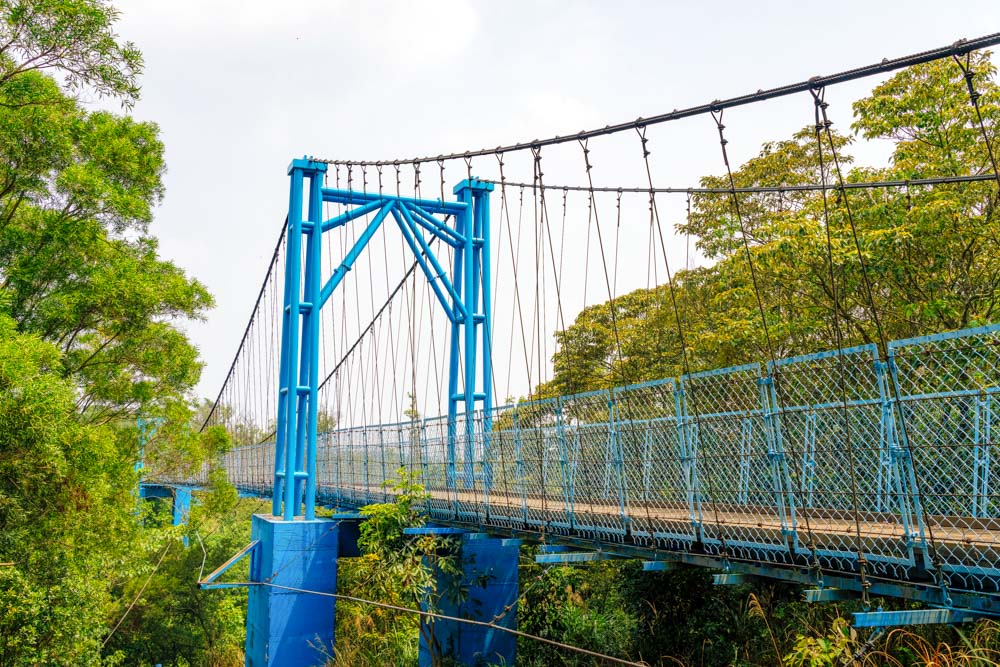
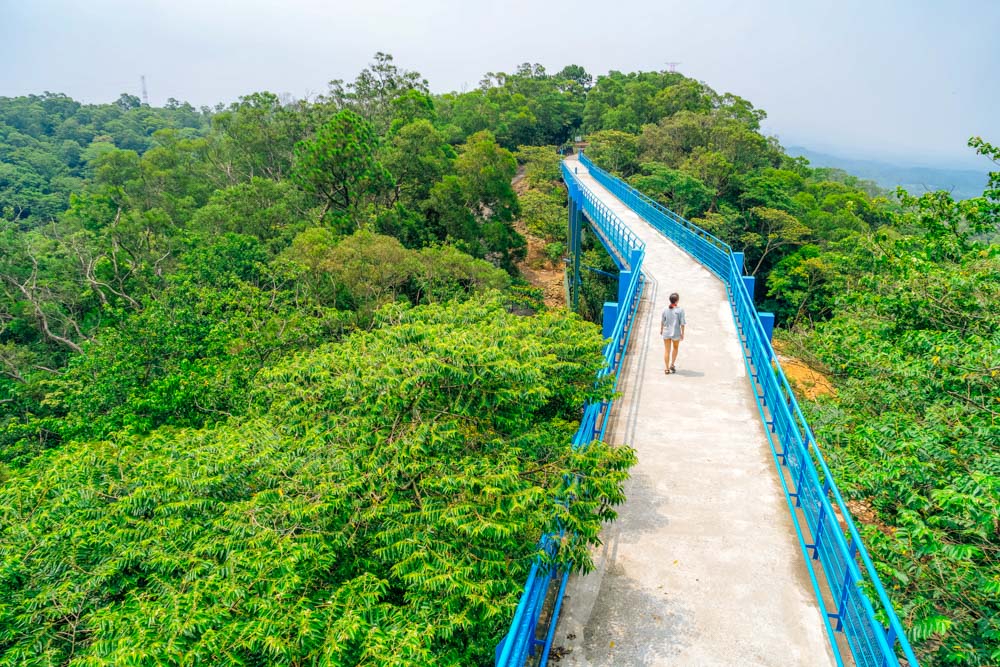
Tongluo Tea Factory
The pleasant 30ha tourist-focused Tongluo Tea Factory complex (www.tongluotea.com; Chinese) is on the valley slopes that the Taiwan Hakka Museum overlooks. The main tea type grown here is Dongfang Meiren (Oriental Beauty), primarily cultivated in Hakka areas in the island’s northwest hills at 300~800m altitude. Enjoy tea-tasting sessions, tours of the processing facilities and fields, DIY picking for tour groups, and a meal starring the traditional-style biandang (boxed lunch) eaten by Hakka tea-pickers and railroad workers.
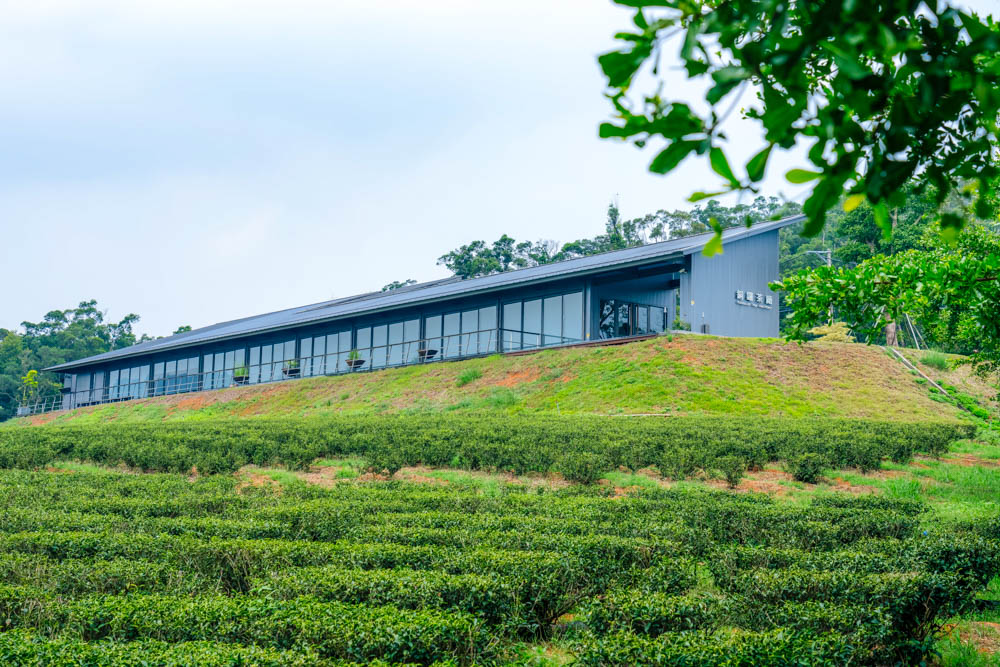
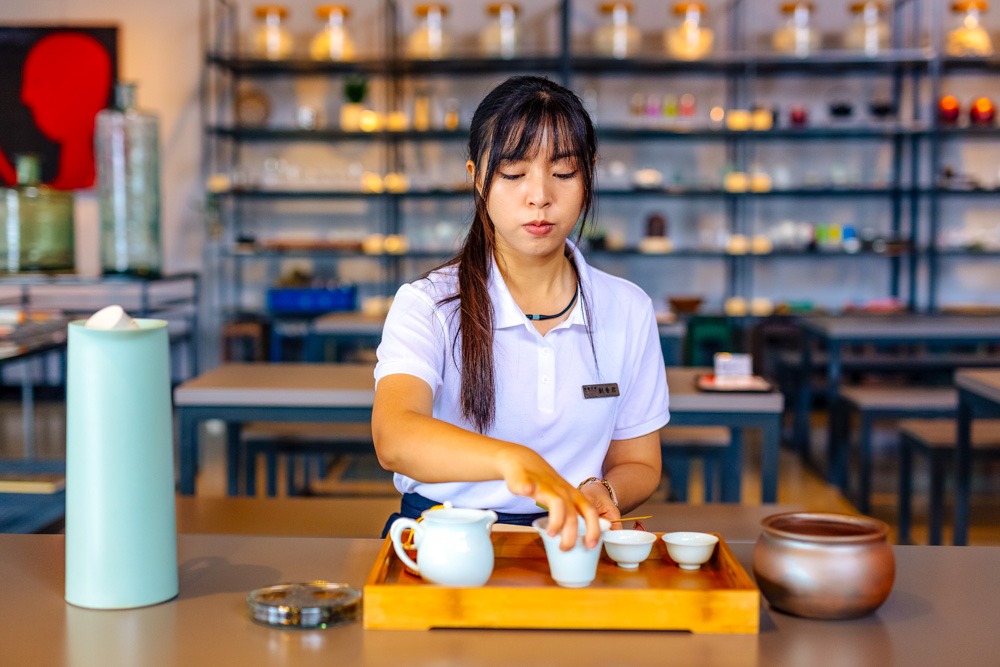
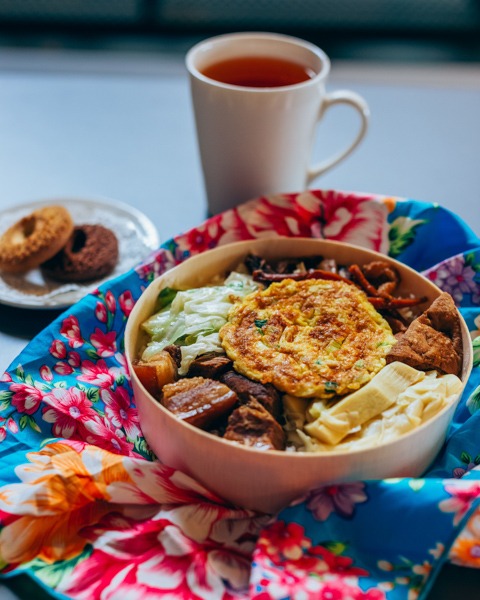

The flat-topped geological feature on which the museum and skywalk are perched is Jiuhuashan (Jiuhua Mountain), 383m high. Another mountain-top resident, the large Daxingshan Temple, has made the mountain a popular pilgrimage destination for Buddhists, who come to enjoy “peace noodles,” mantra-blessed waters, and comely garden landscaping.
Sanyi
Sanyi is another landlocked rolling-hills township, Tongluo’s neighbor on its south. In times past it was a thriving producer of timber, tung oil, and camphor. The abundant wood resources gave rise to a woodcarving industry – Sanyi is dubbed the “Taiwan Kingdom of Woodcarving” – with a related tourism industry blossoming toward the end of the last century.
Sanyi Wood Sculpture Museum
The best location to begin an exploration of the history and impressive creative talent of the local woodcarving industry is the spacious, modern Sanyi Wood Sculpture Museum (wood.mlc.gov.tw), in Sanyi town, where scores of studios/retail operations are also concentrated. Works on display range from traditional Chinese religious art to the bizarrely abstract; of special note are winning efforts from the annual Sanyi International Woodcarving Art Festival. There’s limited posted English, but an English audio guide is available.


Shengxing Station
Southwest of Sanyi town is tiny Shengxing, another Hakka settlement, in a narrow, shallow valley through which a mountain railway, constructed by the Japanese and used to haul mountain-region resources, once meandered. The quaint cottage-look Shengxing Station is the prime draw, built using pine in the early 20th century. This once was Taiwan’s highest main-line station at 402m elevation.

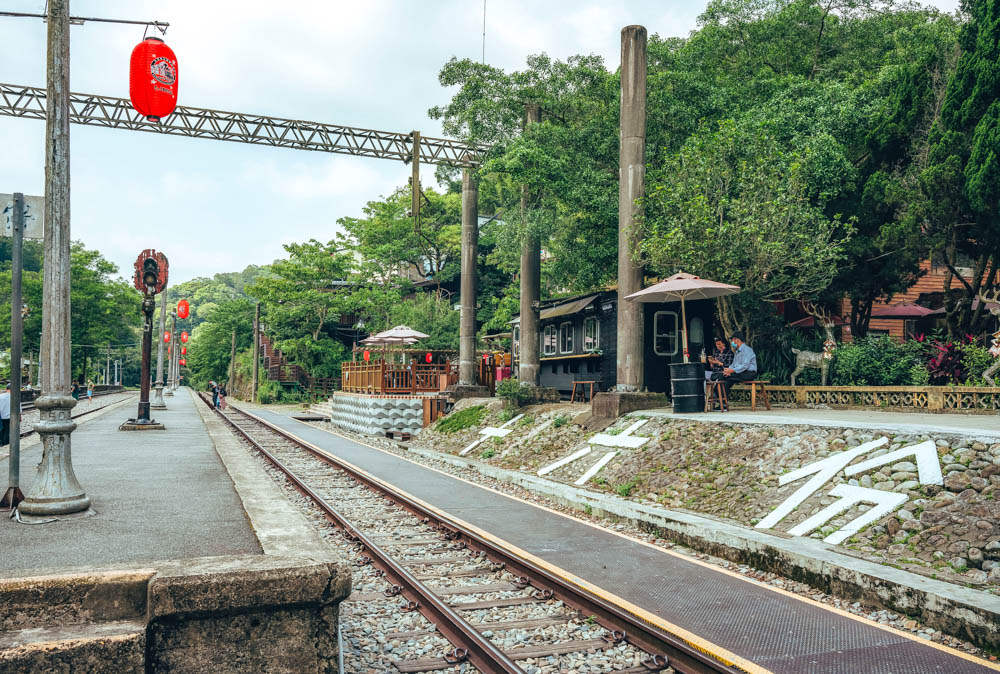
Old Mountain Line Bike
The station and a 6km section of the old line have been put back into operation as part of the Old Mountain Line Rail Bike attraction (www.oml-railbike.com). During an hour-plus excursion in a hand-operated electric cart, you’ll zoom above this hill area’s treetops, through tunnels artistically lit with images of past railway days, and past the iconic red-brick-arch Remains of Longteng Bridge. The bridge was severely damaged during a powerful earthquake in 1935.


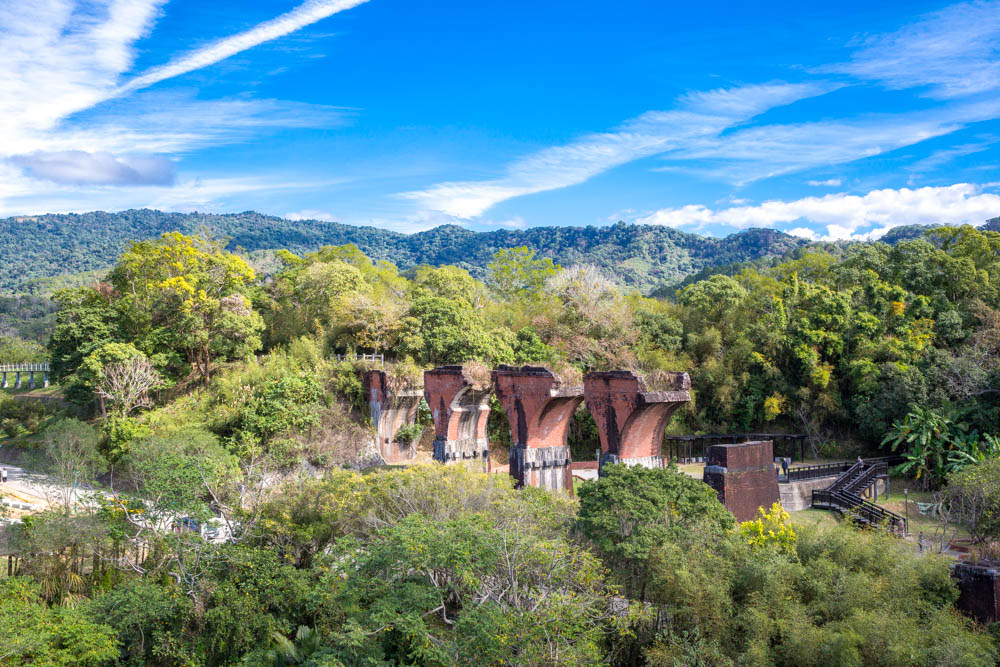
Zhuo Ye Cottage
Not far west of Shengxing is Zhuo Ye Cottage (www.joye.com.tw; Chinese), a small village-like complex of wooden buildings secreted away in dense undulating-hill forest previously described in Travel in Taiwan as “part botanical gardens, part DIY workshop, part boutique inn.” The DIY experience is Hakka-style dyeing of fabrics. There are two restaurants, serving hotpots and baked sweet-tooth goodies as well as teas and shaved-ice treats.
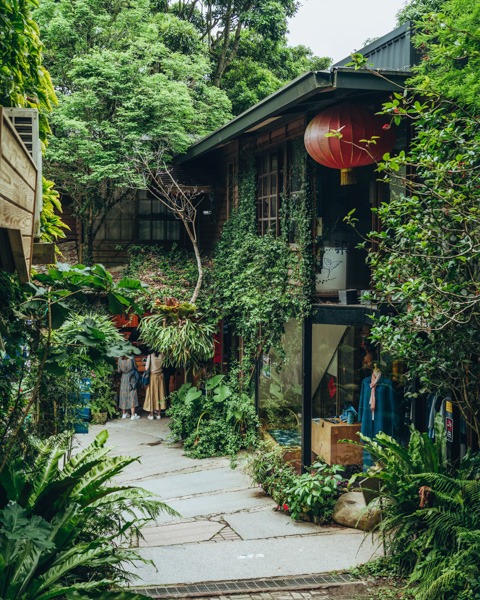
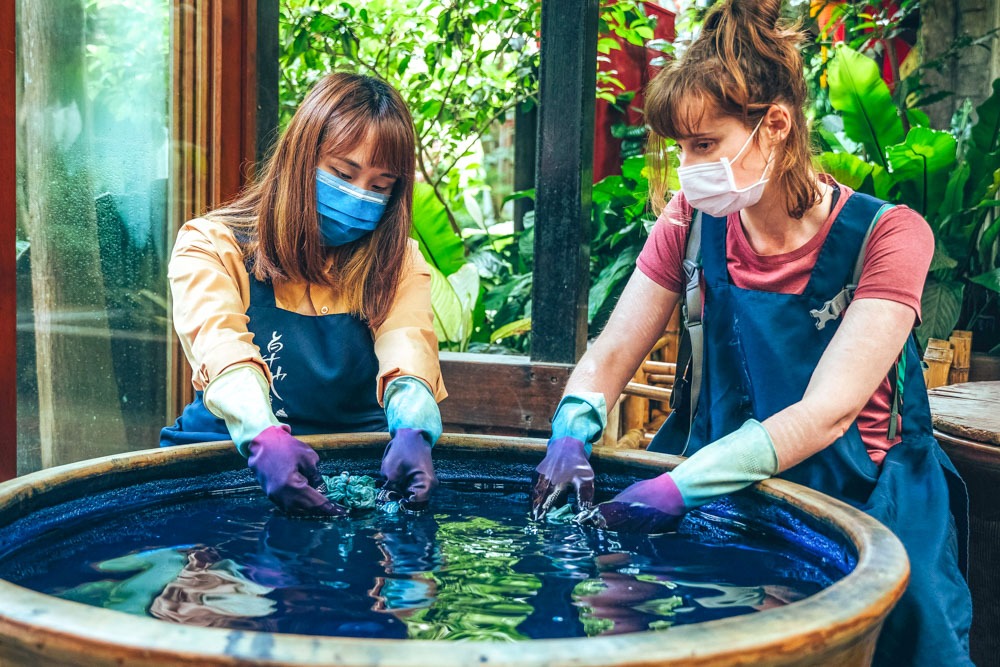
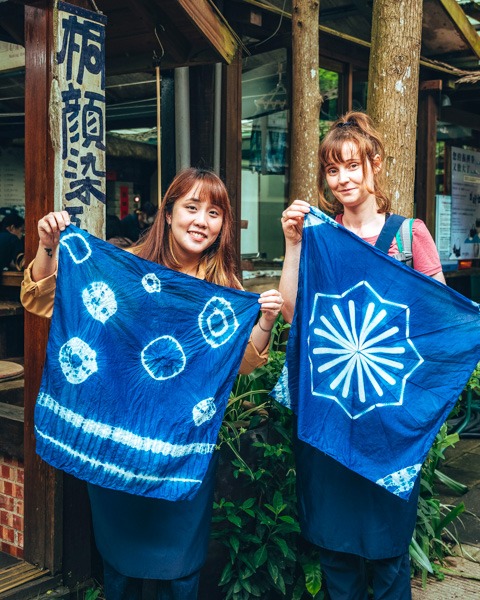
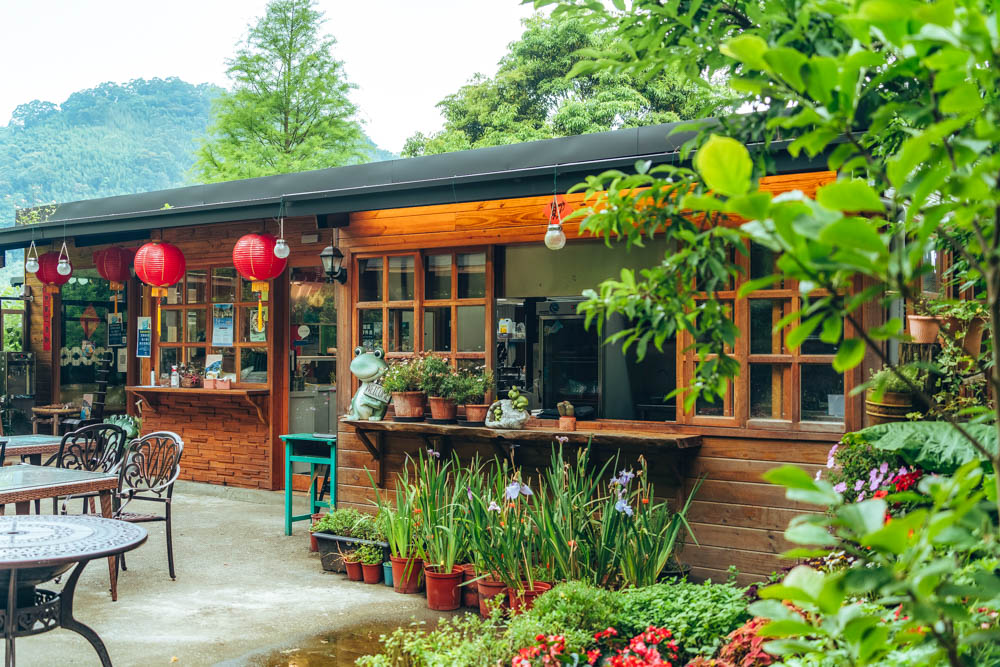
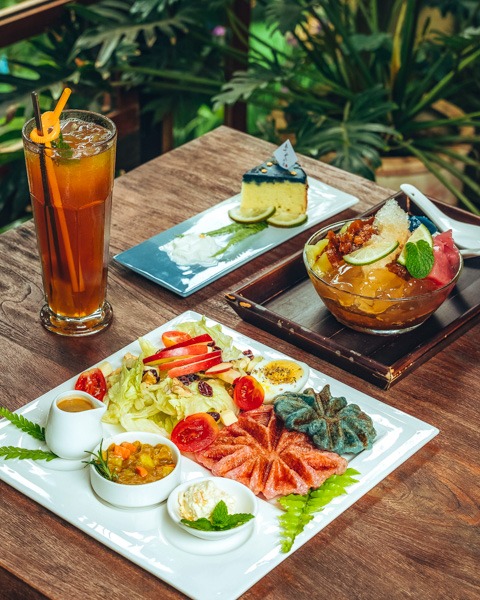
Yuanli
Yuanli Township, in Miaoli’s southwest corner, was one of the earliest settled areas in this part of Taiwan. Long known as “Miaoli’s granary,” its (roughly) southern half is part of a wide plain through which the major Da’an River flows. Rice is a major crop here, organic-rice cultivation growing in importance. The long-significant rush-weaving craft industry is today primarily oriented toward tourism.
Yuanli Triangle Rush Exhibition Hall
The Yuanli Triangle Rush Exhibition Hall showcases how daily-use items have been created using triangle rushes since the early 1800s. The local indigenous inhabitants taught Han Chinese settlers how triangle-rush mats stay cool in summer, and commercial production steadily expanded afterward, with mainland China the key market for bags, hats, and other creations. During Taiwan’s 1895-1945 period of Japanese colonial rule, rush-woven products became Taiwan’s third-largest export category after sugar and rice. Take home a unique rush-woven work from the gift shop, and be sure to check out how crops of different colors are used to “paint” giant works of art in the nearby fields.
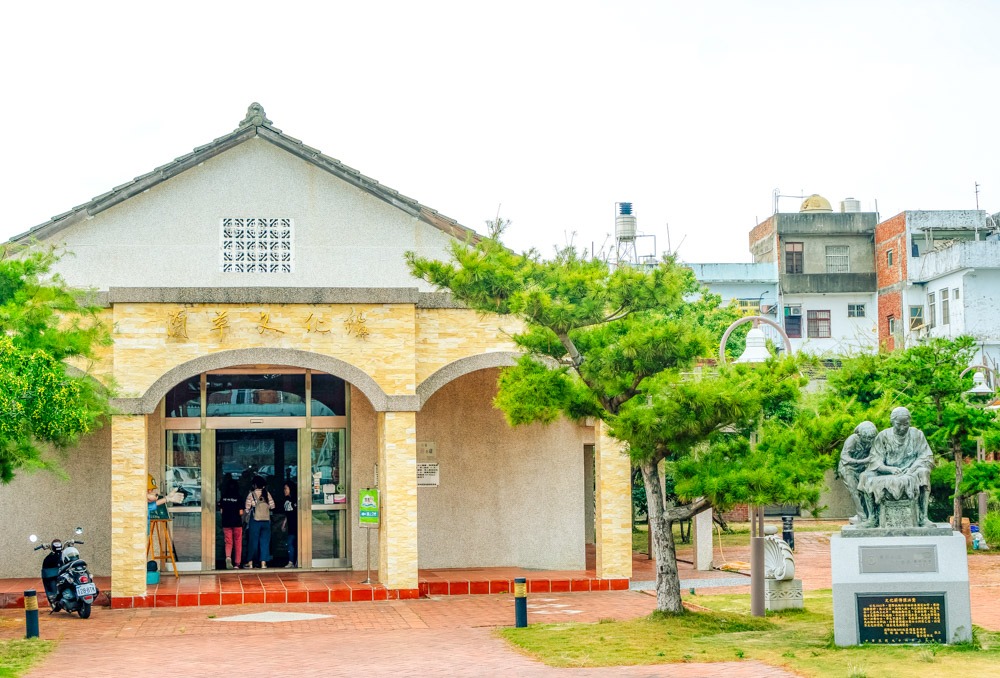
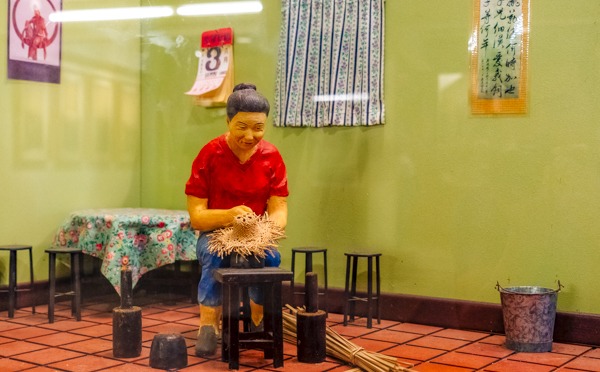
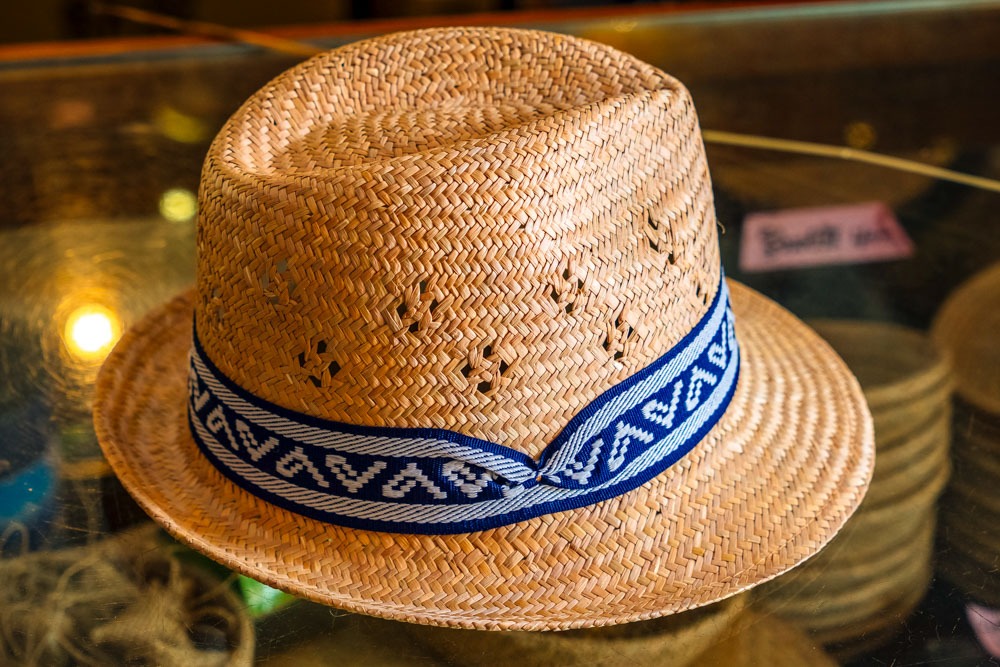
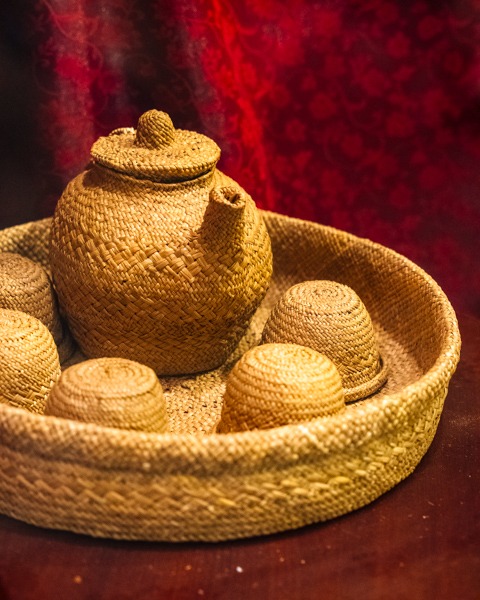
Jin Liang Shing (JLS) Brick Factory
Throughout the 20th century, Yuanli was also a key brick and tile producer in Taiwan. The local hills provide premium gray-color clay. Jin Liang Shing (JLS) Brick Factory (www.facebook.com/jlsbrick), founded in 1973, transformed itself into Taiwan’s sole brick-and-tile tourist factory in 2004. On a guided tour, learn about JLS and its brick production and view two well-preserved kilns, including a 162m-long monster, witness the firing process via overhead views into hellish-hot furnace interiors, and take in a museum display of both heritage and contemporary bricks and tiles.
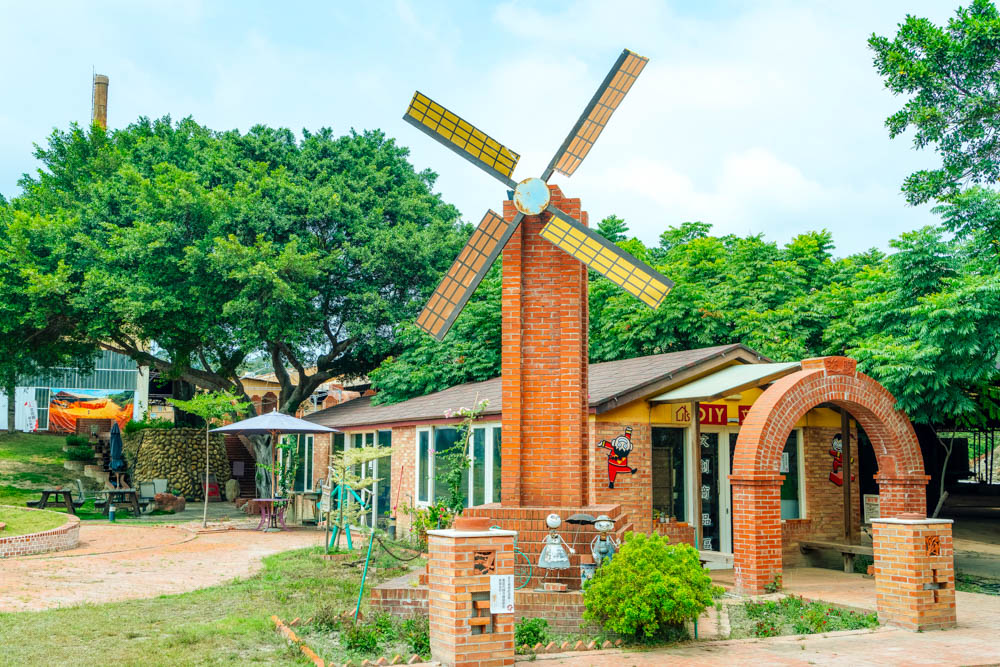
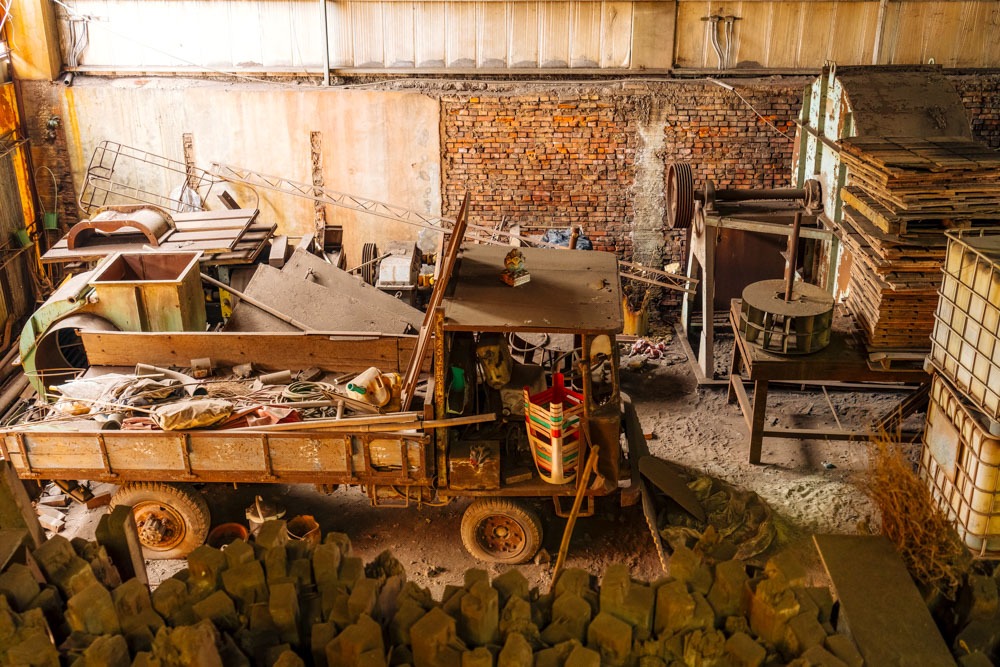
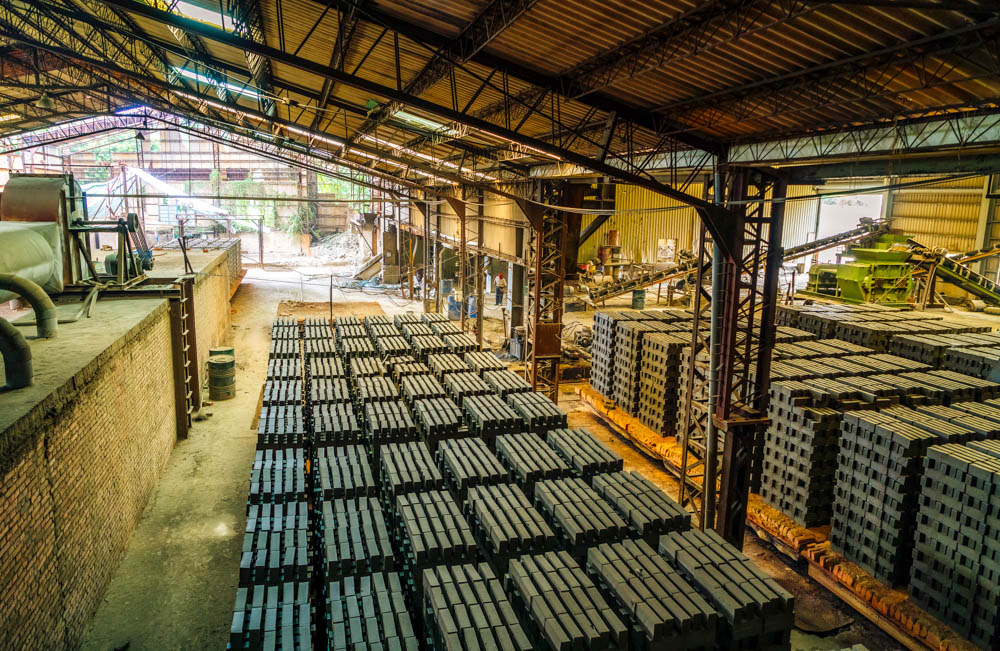
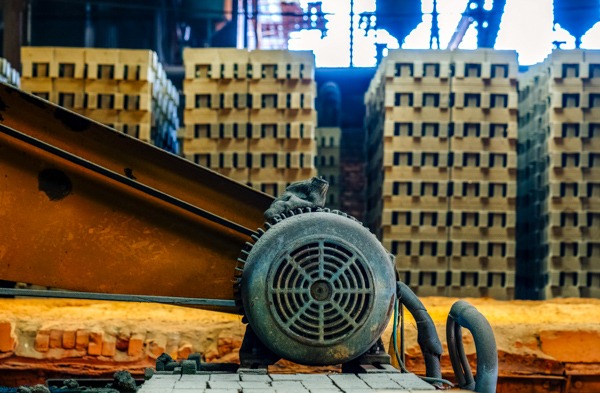
Dongli Jiafeng Old Residence
Yuanli, as with the other townships still primarily rural, offers travelers a deep bounty of traditional Chinese sanheyuan, or three-sided courtyard residences. The tourist-welcoming Dongli Jiafeng Old Residence is among Taiwan’s best-preserved complexes. This is a Hakka-clan compound, evidenced in the classic façade design – white-painted upper tier symbolizing the senior generation’s white hair, middle-tier red tiles the middle generation’s blood (plus sweat and tears), lowest-tier rounded stones the hope for bountiful offspring, i.e. “seeds.”
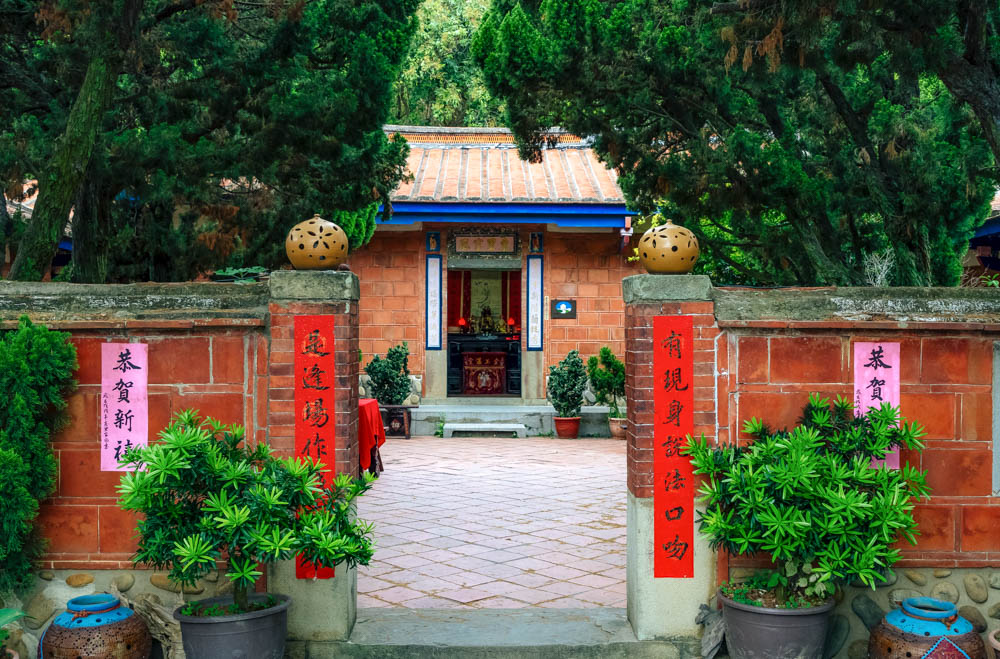
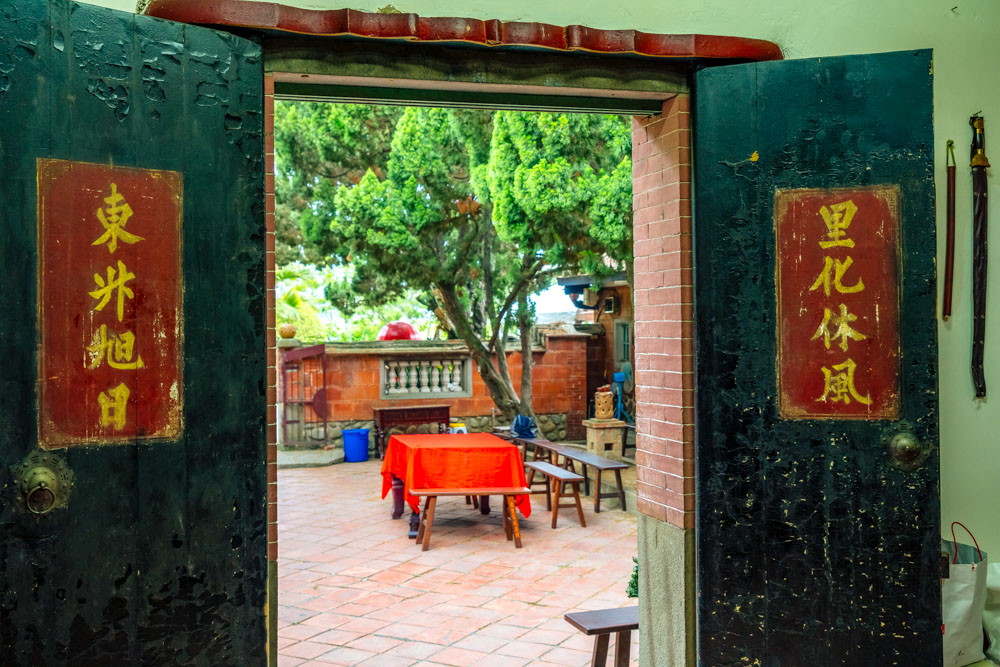
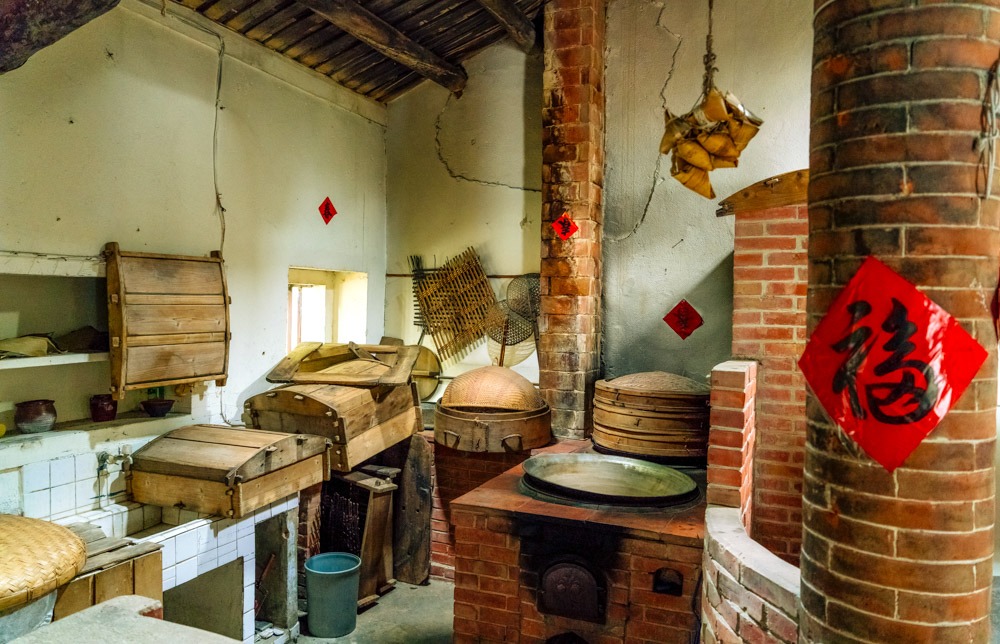
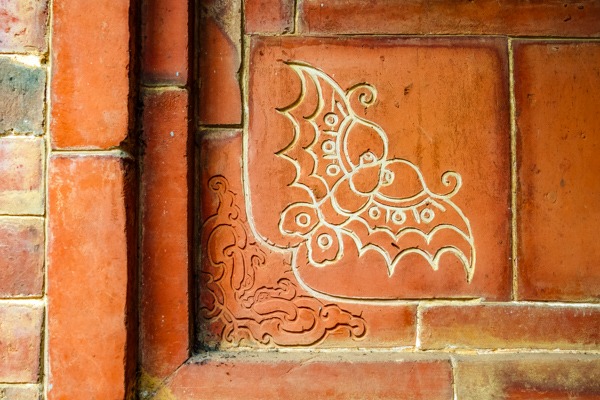
About the author
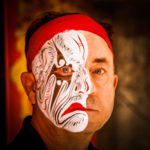
Rick Charette
A Canadian, Rick has been resident in Taiwan almost continually since 1988. His book, article, and other writings, on Asian and North American destinations and subjects—encompassing travel, culture, history, business/economics—have been published widely overseas and in Taiwan. He has worked with National Geographic, Michelin, APA Insight Guides, and other Western groups internationally, and with many local publishers and central/city/county government bodies in Taiwan. Rick also handles a wide range of editorial and translation (from Mandarin Chinese) projects.




